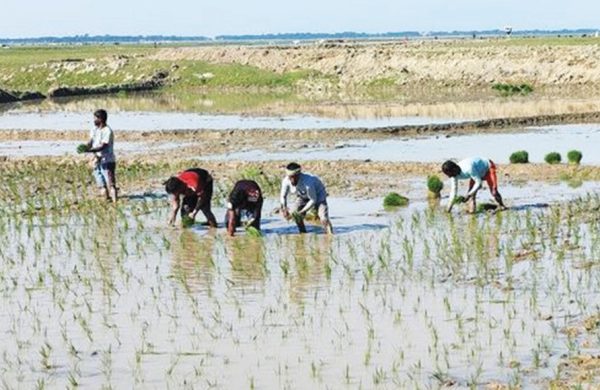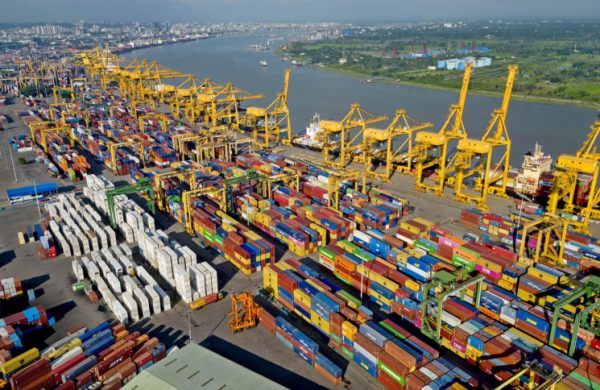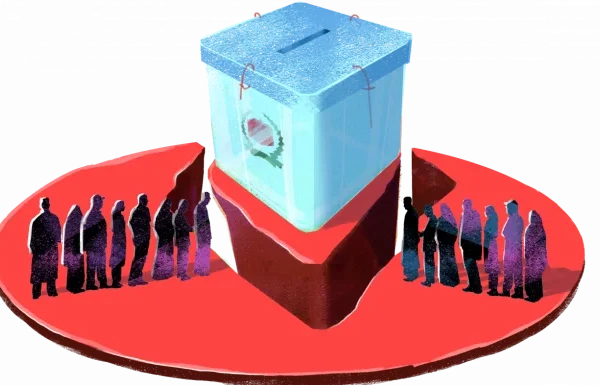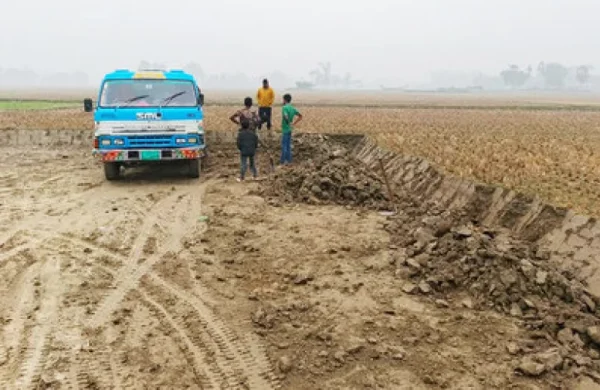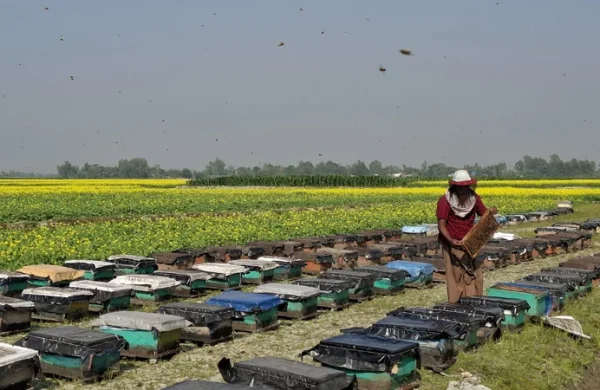Bangladesh’s Demographic Dividend: Present, Future, and the Path Forward
- Update Time : Thursday, July 18, 2024
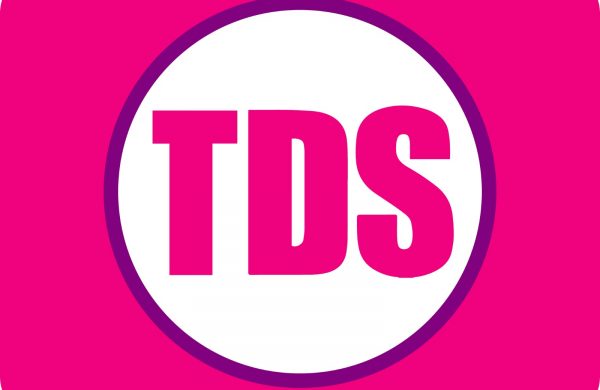
—Dr Pranab Kumar Panday—
With a population of more than 170 million, Bangladesh is a country almost ready for a major opportunity—its demographic dividend. Particularly when the working-age population exceeds the non-working-age fraction of the population, changes in a nation’s age structure might provide a demographic dividend—that is, potential for economic development. For Bangladesh, this potential might change the economic situation, hence boosting growth and raising living standards among its people. This article looks at the current situation, future possibilities, and doable actions required to properly leverage this demographic dividend.
Bangladesh is in a good demographic transition right now. As per data from 2023, the country has 65.08 per cent of the working-age population (15-64 years). This working population offers a huge workforce ready to propel economic development. Bangladesh has made remarkable progress in some important socio-economic markers recently. These developments lay a good basis for making use of the demographic dividend.
With a GDP growth rate of about 6–7% yearly over the previous ten years, economic development has been strong. A major engine of the economy, the ready-made garment (RMG) sector has created millions of jobs. Economic resiliency has also come from the growing IT industry, farming, and remittances from overseas employees. Notwithstanding these encouraging signs, though, obstacles still exist that could prevent the demographic dividend from fully being realised.
The mismatch between the educational system and the skills needed in the job market presents one of the main challenges. Although literacy rates have increased, the quality of schooling differs greatly and many young people lack the qualifications required for lucrative, demanding employment. Furthermore, unequal access to adequate treatment, especially in rural regions can affect production and economic possibilities. One of the primary challenges still is the development of enough viable job prospects. Although the RMG sector has created employment, depending just on one industry is dangerous and the economy has to be diversified.
Looking ahead, the demographic dividend presents a window of opportunity that, if properly seized, may drive Bangladesh into middle-income nation rankings. Though the possibilities are great, strategic planning and investment in several important areas are necessary. Essential is the reform of the educational system to more closely fit the demands of the market. Emphasising STEM (Science, Technology, Engineering, and Mathematics) education and vocational training can educate young people with the necessary skills, therefore increasing their employability and capability of driving innovation. Especially in rural regions, investing in healthcare facilities and tackling hunger and communicative illnesses can help to guarantee a better, more efficient workforce. In this sense, universal health coverage may be very crucial.
Outside the RMG industry, tourism, IT, pharmaceuticals, and agriculture have great promise. Promoting small enterprises and entrepreneurship can also help to produce a more robust and dynamic economy. Enhancing digital infrastructure, electricity, and transportation will help to boost local businesses and draw outside capital. Industries can only flourish and a business-friendly atmosphere may be created by effective infrastructure. Creating an environment fit for economic development depends on strengthening governance, lowering corruption, and simplifying administrative procedures. Clear, responsible institutions may greatly raise investor trust and economic stability.
Bangladesh has to execute a sequence of concrete actions covering policy changes, investments, and social changes if it is to fully maximise the demographic dividend. It is imperative to apply changes in education emphasising quality, inclusiveness, and market relevance. To narrow the talent gap, one might form alliances with businesses for vocational training initiatives. Important actions are extending healthcare facilities, particularly in underprivileged regions, and running national health campaigns to handle common diseases. Encouragement of diversification utilising incentives for investment in new industries such as IT, pharmaceuticals, and green technologies would help to reduce the dangers related to excessive dependence on one industry. Important also is improving labour laws to defend workers’ rights and promoting a flexible labor market able to change with the state of the economy.
Trade and mobility will be facilitated by bettering infrastructure including transportation, communication, and energy. Employing renewable energy sources, one may guarantee dependable and sustainable electricity for homes and businesses. Digital literacy and expanded internet access will help the IT industry and digital economy to flourish. A fair business climate depends on strong anti-corruption rules and encouragement of openness in government activities. Simplifying administrative procedures helps to lower red tape and increase the company’s convenience of operation, thereby strengthening governance. Encouragement of women’s involvement in the workforce and gender equality will create further economic possibilities. It is crucial to ensure that women have equal access to employment opportunities and education. . Youth involvement in policy-making and governance can assist in channeling their enthusiasm and hopes for national growth.
Bangladesh’s demographic dividend offers a special and time-bound chance to quicken development and economic progress. Through smart policy implementation and present difficulty resolution, the country may turn its young people into a powerful economic tool. The government, business sector, and civil society working together will help to define the road forward. Bangladesh can achieve its possibilities and create a rich future for all of its people by making appropriate investments in infrastructure, healthcare, education, and government. The demographic dividend is a duty to maximise the energy and ambitions of its young people to build an equitable and sustainable economy, not only an opportunity.
______________________________
The writer is a Professor in the Department of Public Administration at the University of Rajshahi









